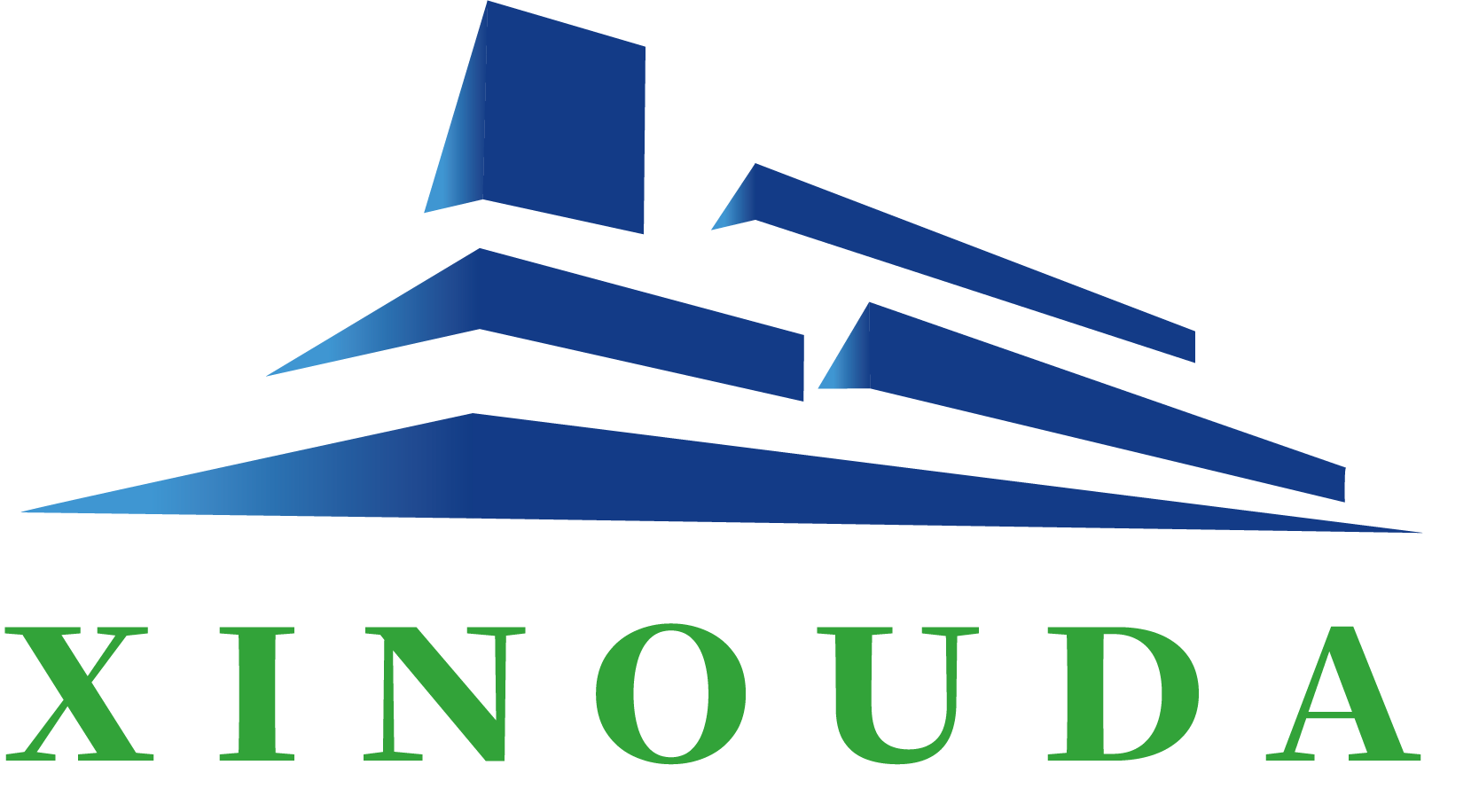What is Bulk Pack Container Housing?
Core Components of Flat Pack Expandable Buildings
Container homes or flat pack expandable buildings have become increasingly popular thanks to their modular approach and efficient design. What makes these structures so appealing is the fact they're built from modular panels that can be assembled pretty quickly at the construction site. The main parts usually include structural frames for stability, various insulation materials to keep energy costs down, plus pre-finished walls that cut down on building time. Some newer versions even come with built-in electrical wiring and plumbing already installed, so people can move right in without waiting weeks for utilities. All these advantages make container homes a smart option for folks looking for modern housing that doesn't break the bank while still offering good quality living spaces.
Standardization vs Custom Container Kit House Designs
Container kit houses come in two main types: standard models and custom builds, each with its own set of advantages. Standard designs tend to be faster to build and generally cheaper since manufacturers can produce them in bulk. Custom kits let people tailor their homes for particular locations or individual tastes though. Looking at these options shows standard kits speed things up during construction, but custom ones often lead to happier residents because they fit specific lifestyle requirements better. Finding the right mix between budget considerations and personal touches is really important when picking out a container home design.
Evolution From Shipping Containers to Modular Homes
Shipping containers as building blocks have come a long way from just being makeshift shelters to actual homes people live in year round. What started because containers were tough and cheap has changed completely thanks to better designs that make them actually comfortable inside. Now there's a real buzz around these container homes since folks want something green and portable. They're catching on with different groups too, especially younger buyers who care about carbon footprints but also busy professionals needing flexible living spaces. The whole trend shows how creative builders are getting in the housing world, opening doors to all sorts of living arrangements that fit today's fast changing lifestyles.
Key Advantages for Mass Housing Projects
Scalability of Pre Fabricated House Container Systems
Prefabricated house containers have this great scalability factor that really helps tackle large scale housing problems. When there's an unexpected spike in demand for homes, these container systems can just keep expanding fast enough to catch up. That's why they work so well during housing emergencies or after major disasters hit communities. Builders can actually put together several units at once which cuts down on how long projects take overall. People get their shelter much quicker than waiting months for conventional buildings to go up. We've seen this happen time and again in places recovering from earthquakes or floods where regular construction simply couldn't keep pace with what was needed right away. Container housing just makes sense in those situations.
Cost Efficiency Compared to Traditional Construction
Using shipping containers as housing offers real money saving advantages compared to building from scratch with traditional materials. Containers come ready to go right off the ship, so there's no need for extensive site preparation or hiring lots of workers for months on end. What's interesting is how these upfront savings just keep growing over time too. Maintenance costs stay low since there aren't many moving parts, and the thick steel walls actually help reduce heating and cooling bills. Some research has shown container homes can cost anywhere between 20% to 30% less per square foot than regular houses built with wood and concrete. For city planners dealing with affordable housing crises or developers working on big apartment complexes, this kind of price difference really matters when trying to stick within tight municipal budgets.
Rapid Deployment Capabilities for Emergency Housing
Container homes built off site can go up really fast, something that matters a lot when there's an urgent need for shelter after disasters strike. These modular units are easy to move around and put together quickly, often ready for occupancy in just a few days instead of waiting weeks for traditional construction. Some folks modify them for short term stays while others build more permanent structures depending on what makes sense for each situation. What makes these containers special is how adaptable they are to different living conditions and requirements. Getting people into safe housing ASAP remains one of the most important things during crisis response efforts, helping communities recover faster from whatever disaster has hit them.
Cost-Benefit Analysis of Container-Based Solutions
Breaking Down the Cheapest Container House Models
Looking at the most affordable container house designs shows there's quite a variety when it comes to what they come with and what extra bits people can add later. Most budget friendly models will have the basics sorted out already such as running water connections and electricity setup, though additional features depend largely upon what buyers want and how much money they actually have to spend. Prices for these homes jump around quite a bit depending on how big they are and which bells and whistles get included, yet even those at the lower end still manage to stay safe and hold up well over time. The good news is that just because something costs less doesn't mean it falls apart easily either. Many folks find themselves drawn to these containers precisely because they represent solid construction without breaking the bank too badly. Container living continues gaining popularity among anyone looking for decent shelter without spending an arm and a leg on traditional housing methods.
Long-Term Maintenance vs Conventional Buildings
Container homes generally need much less maintenance than regular houses made from bricks and mortar. Traditional buildings tend to get problems with mold growing in damp areas, termites eating through wooden parts, and all sorts of weather damage that adds up to big repair bills down the road. Homeowners who factor in these ongoing costs over years actually save quite a bit of money with containers. For people thinking about investing in property for the future, this makes container homes pretty appealing. When looking at how expensive it gets to fix up old houses these days, the fact that containers just keep going without needing constant attention becomes really valuable. That's why more folks see them as smart investments that hold their value better in the long run.
Government Incentives for Modular Housing Adoption
More and more governments are offering tax breaks, rebates, and various forms of financial help for modular housing projects, which has really boosted how fast people are adopting container homes. The money saved on upfront costs makes these modular systems much more appealing to both property developers and regular folks looking to build their own homes. Local building codes have also started changing in favor of modular approaches in quite a few areas, sometimes even actively pushing for them. This kind of regulatory backing definitely makes things easier when it comes time to get permits and actually start building. We've already seen this happening in several coastal cities where zoning laws were previously a major roadblock. With continued support from both pocketbook perspectives and legal frameworks across different regions, container home adoption seems set to pick up speed over the next few years as costs come down and acceptance grows wider.
Innovations in Contemporary Folding Container House Designs
Space Optimization Through Collapsible Components
What really stands out about modern folding container homes these days is how they incorporate foldable parts that save tons of space. Think collapsible walls and furniture that serves multiple purposes at once. These smart design choices let folks live comfortably even when square footage is tight. City apartment dwellers especially love this stuff since every inch counts in places where rent keeps going up but room size stays the same. People who've actually lived in these containers talk about how easy it is to rearrange things based on daily needs. Some have told me they can turn their living area into a guest bedroom within minutes just by unfolding certain panels.
Integrated Utilities in Pre-Assembled Modules
Container homes today often come with all the necessary utilities built right in those pre-made modules. Plumbing, electricity everything's already there when they arrive on site. What does this mean for people actually living in them? Well, folks can pretty much start using their new space right away after installation instead of waiting weeks or months for connections. Industry insiders have noticed something interesting too many customers love how straightforward this makes settling into a new place. The convenience factor is huge, plus there's peace of mind knowing those essential systems work reliably from day one without needing extra fixes down the road.
Aesthetic Flexibility for Urban Development Projects
Folding container homes today come with lots of style choices, something that matters a lot when developing cities. They let designers pick from different colors, materials, and even room arrangements that fit right in with what's already there on the streets. Container homes don't lose their usefulness just because they look good too. Many folks find them practical but still want them to match the surrounding buildings rather than stand out like sore thumbs. More and more city officials are starting to see the value in all these design possibilities. Some municipalities have actually adopted policies encouraging colorful containers in certain neighborhoods where traditional housing stock is limited. This approach helps meet both practical needs and visual harmony requirements at the same time.
Sustainability in Bulk Container Housing Systems
Recycled Materials in Pre Fabricate House Production
More and more container homes being built these days actually make use of recycled stuff, cutting down on the environmental damage caused by new construction materials. When builders go this route, they save precious natural resources while helping keep materials in circulation rather than sending them to landfills. Research published in the Journal of Cleaner Production shows that houses constructed primarily from recycled components tend to leave behind much smaller carbon footprints than standard buildings do. Container homes fit right into today's trend toward greener construction methods. They offer both practical advantages and environmental benefits, which explains why so many people are turning to these modular solutions for their housing needs nowadays.
Energy Efficiency Features of Modern Container Homes
Container homes today really shine when it comes to saving energy, thanks mostly to great insulation that keeps them warm in winter and cool during summer without needing much extra power. Putting solar panels on the roof plus getting appliances that don't guzzle electricity makes things even better for cutting down monthly bills. A study from Energy and Buildings found that folks living in these converted shipping containers actually save around 30% on their energy costs compared to regular houses. That kind of saving adds up over time. For anyone thinking about going green, building or buying a container home means not just helping the planet but also keeping more cash in their pocket at the end of each month instead of sending it all to the utility company.
Lifecycle Analysis of Container vs Traditional Construction
Looking at the whole life cycle shows container homes actually save resources compared to regular buildings over time. Studies on green building have found that making and using these containers creates way less waste and burns through far less energy during construction. One recent study published somewhere in an environmental journal pointed out how easy it is to build these homes quickly since they're made from shipping containers, plus they last forever which cuts down on future replacements. Most experts agree container housing should be considered seriously when planning new developments because they work well everywhere - whether in crowded cities or out in the country where traditional materials might be hard to get hold of. This makes sense for anyone trying to build something eco friendly without breaking the bank.


